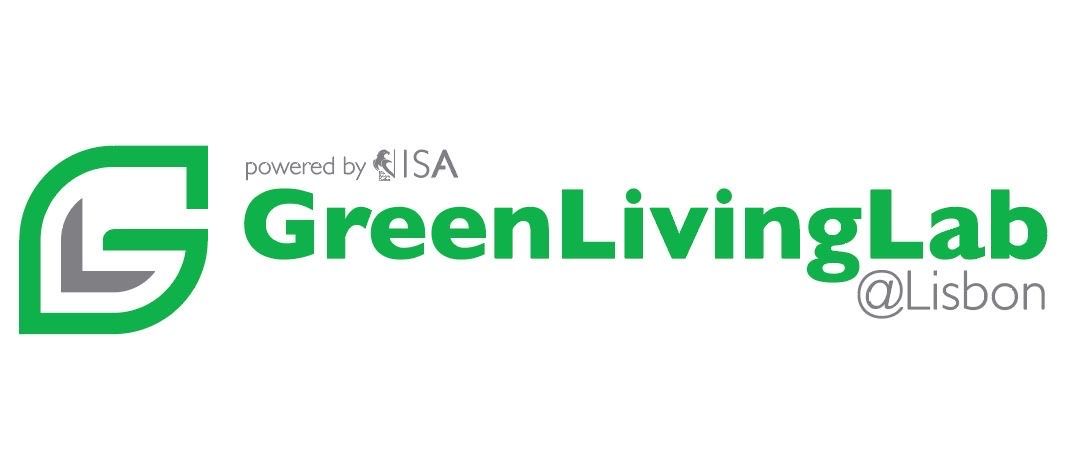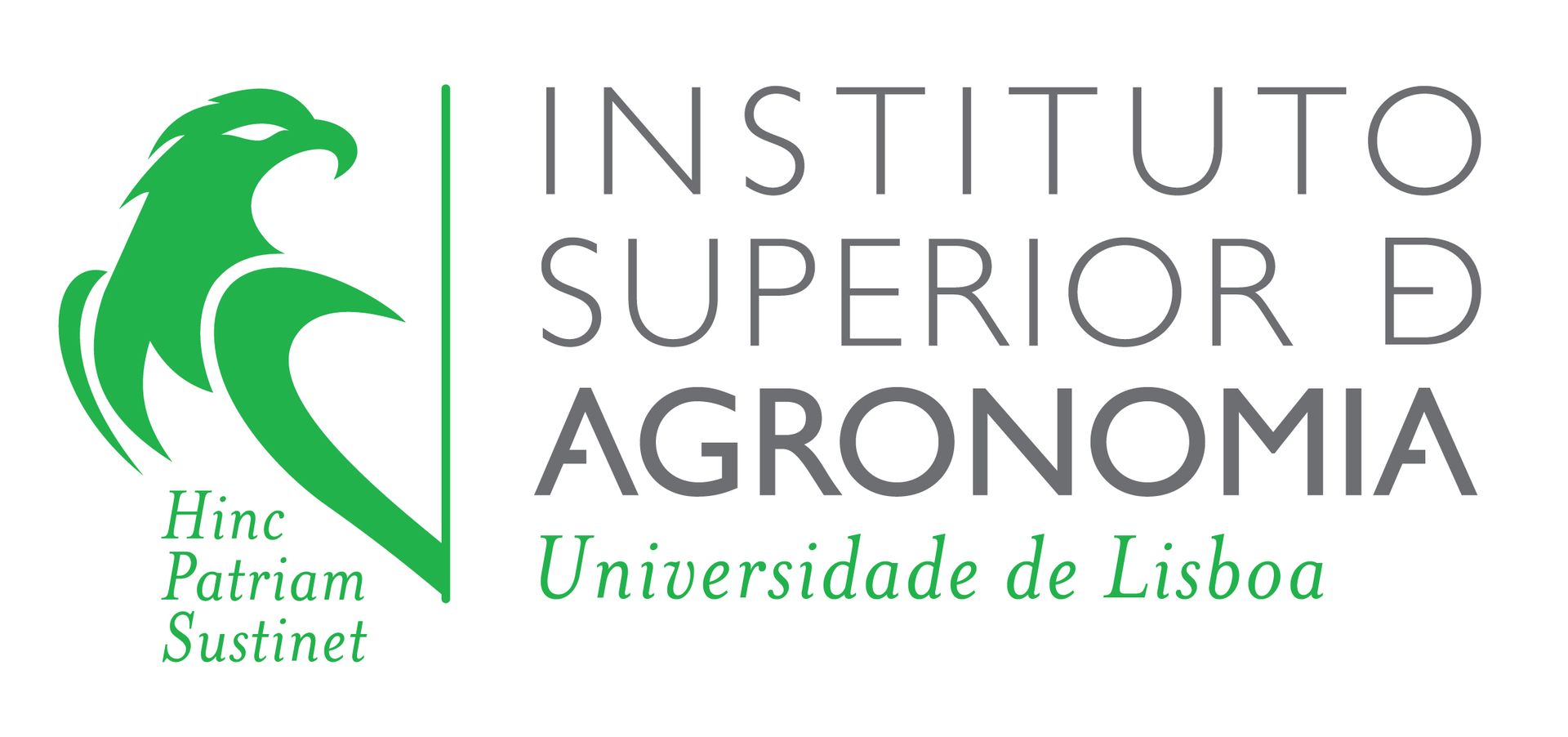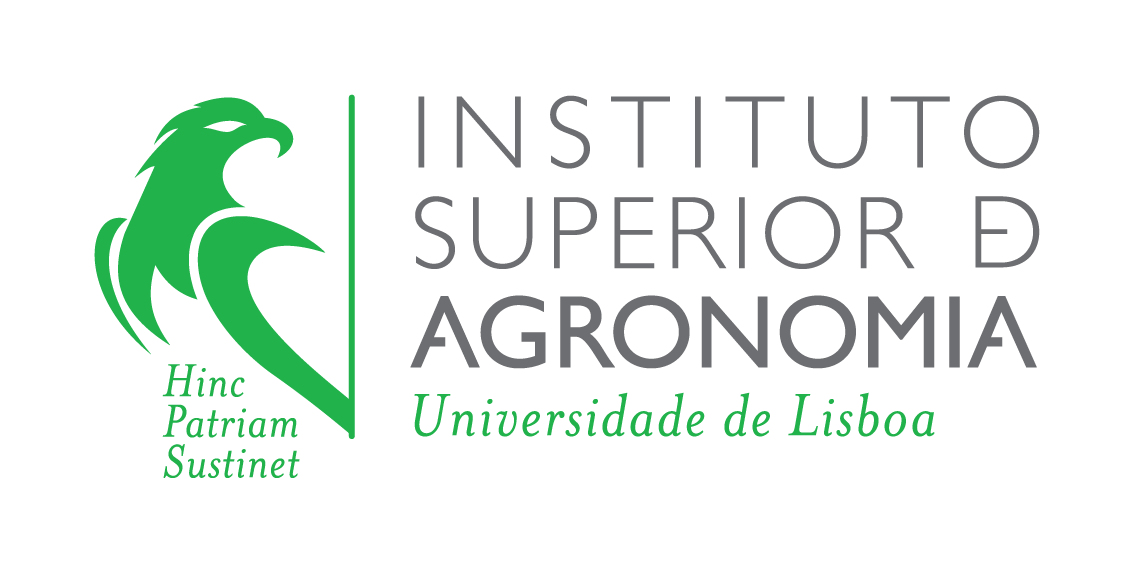Herbarium "João de Carvalho e Vasconcellos" (HJCV)
Contribution to Science
The Herbarium "João de Carvalho e Vasconcellos" (HJCV) is the fourth largest herbarium in Portugal, according to the Index Herbariorum, where it is registered under the code LISI. With over 90,000 specimens, its collections are primarily distributed across five sub-collections of vascular plants: Iberian Peninsula; Azores, Madeira, and Canary Islands; Cultivated Plants in Portugal; and Plants from the Rest of the World.
Additionally, the HJCV holds specialized collections, including a Carpotheca (fruit collection), as well as algae, bryophytes, lichens, and macrofungi.
Two of the three Floras of Portugal published in the 20th century were authored by former directors of the HJCV, who were also botany professors at ISA. The herbarium has also played a crucial role in the "Flora Ibérica" project by providing its specimens for consultation by researchers.
All HJCV collections are accessible for scientific research, supporting advancements in botany, ecology, and biodiversity conservation.
Societal Impact
The HJCV collections serve the broader society, facilitating scientific outreach and environmental education. Many collections have been digitized (i.e., incorporated into databases and partially photographed), an ongoing effort to improve accessibility.
The vascular plant collection of the Iberian Peninsula and the marine algae collection from the Portuguese coast are published online and accessible through the GBIF portal (www.gbif.org). These datasets are frequently cited in scientific studies (605 and 12 citations, respectively).
The herbarium also curates thematic exhibitions and collaborates on traditional knowledge dissemination projects, such as the DGArtes - Programa Saber Fazer (https://programasaberfazer.gov.pt/sobre). Additionally, guided visits to the herbarium’s collection rooms and associated facilities can be arranged upon request (via email or phone contact).
Application in Education
All HJCV collections are accessible for educational purposes. Students at ISA can request access to the collections upon justified request. The Botany course curriculum at ISA always includes a study visit to the herbarium, and the HJCV frequently supports master's dissertations and doctoral theses by providing critical botanical data and reference materials.
Notable Facts / Curiosities
The oldest known specimen in the HJCV collection is a grass collected in 1857. Although some collections have not yet been fully digitized, estimates suggest that the HJCV holds nearly 100,000 specimens. The herbarium houses 49 type specimens, corresponding to 49 newly described species in science.
Contact: Prof. Pedro Arsénio (arseniop@isa.ulisboa.pt)





